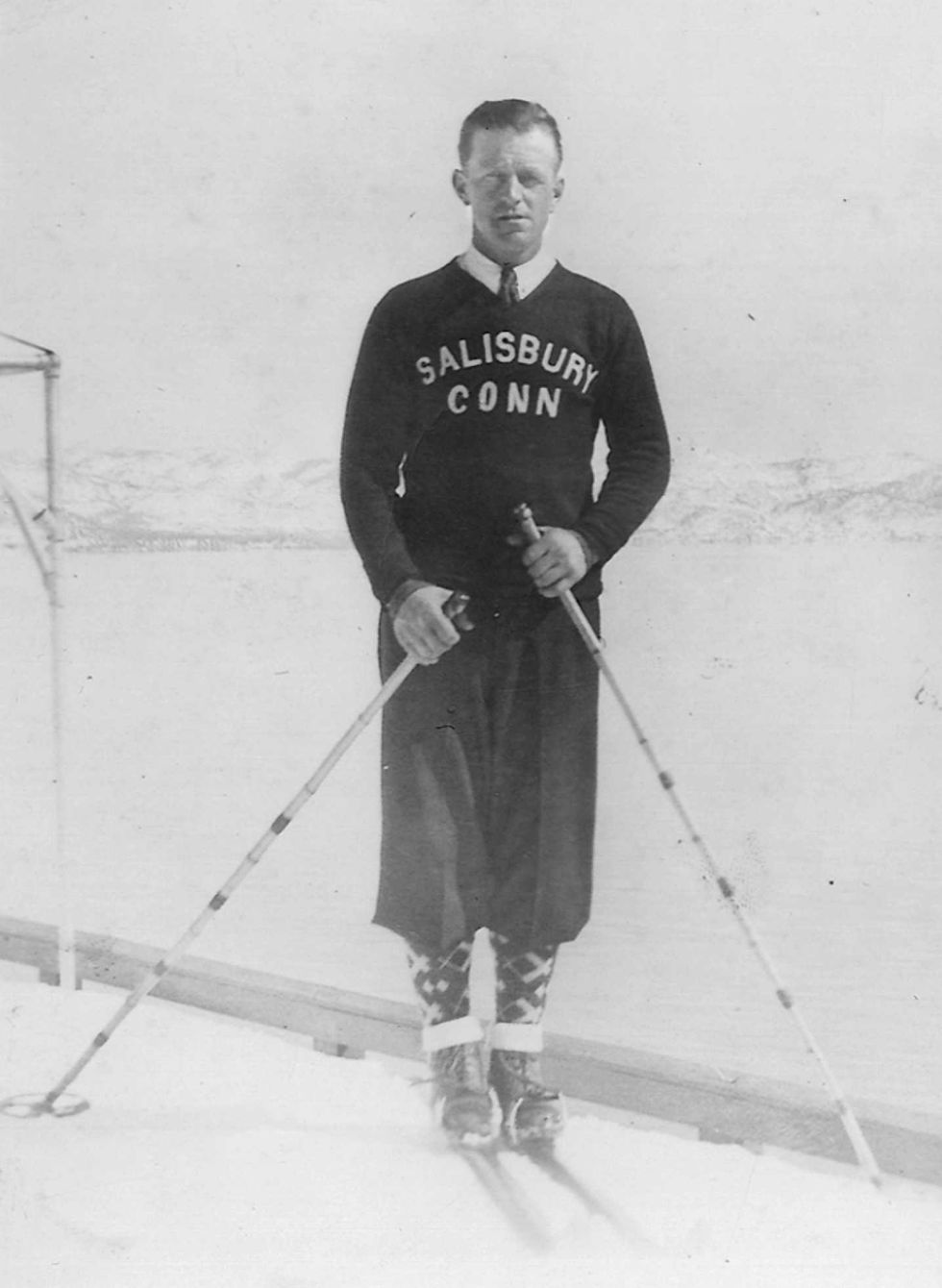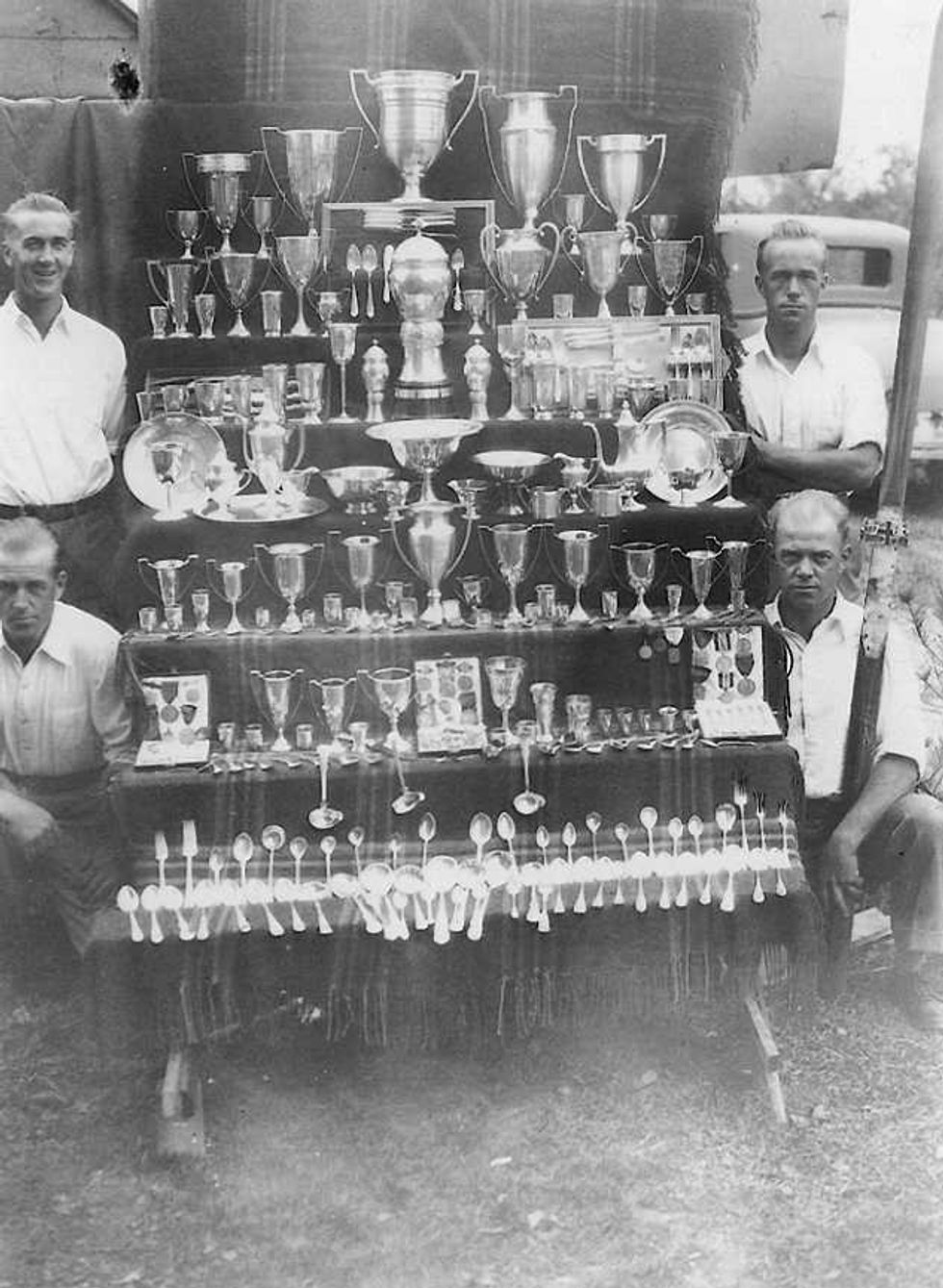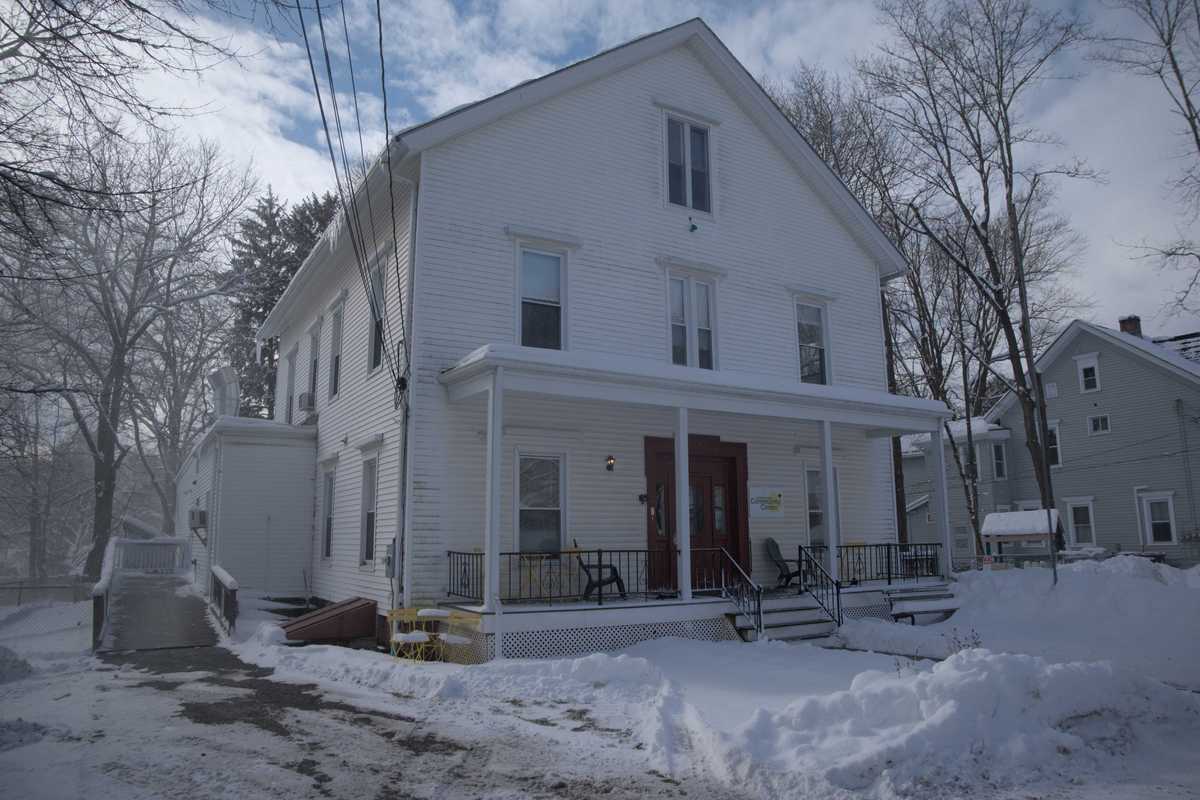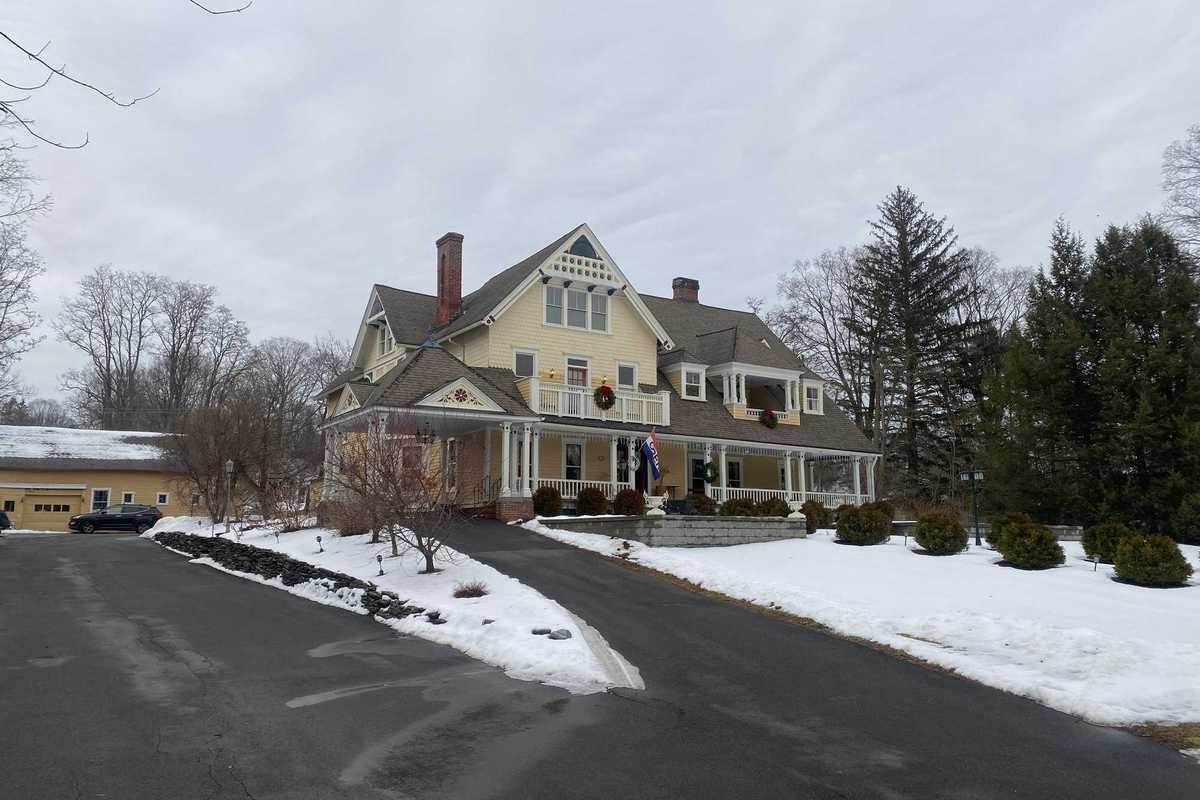Latest News
The North East Community Center’s Early Learning Program shuttered abruptly last December after nonprofit leadership announced that significant financial strain required the program’s termination. NECC Executive Director Christine Sergent said the organization remains open to reconsidering childcare in the future.
Photo by Nathan miller
Dutchess County is one of three counties selected to receive significant state funding as part of a new childcare pilot program announced by Gov. Kathy Hochul last week — an initiative that could expand childcare options in rural communities like Millerton.
The announcement follows Hochul’s State of the State address in which she proposed a landmark $4.5 billion investment toward universal childcare in New York. Hochul visited a childcare center in Queens on Thursday, Jan. 15, to outline her vision for the rollout of the pilot program, which would include a total of $60 million in state funding, along with additional funding from each of the three counties — Dutchess, Monroe and Broome — with a particular focus on serving newborns to three-year-olds.
“When we invest in our kids, we’re investing not just in their future, but the future of our state,” Hochul said. She called her plan aggressive, bold and ambitious with a focus on access and cost.
While the proposal must still be approved by the State Legislature as part of the 2026 budget process, Dutchess County’s Department of Community and Family Services is expected to work with the state on developing ideas to address Dutchess-specific needs. The state budget is due April 1.
Filling a local gap
The pilot would support community-based programming, a move that could fill the gap left in Millerton by the recent abrupt closure of North East Community Center’s Early Learning Program (ELP).
NECC officially closed the program on Dec. 19, 2025, after determining that the financial burden of operating a daycare had become unsustainable. The decision followed months of quiet internal deliberation and came as a shock to families and staff. NECC leadership cited rising operating costs, declining enrollment and the loss of grant funding as driving factors in the closure.
Christine Sergent, Executive Director of NECC, said the organization remains open to reconsidering childcare in the future, though no timeline has been announced.
“We are monitoring the governor’s actions as they clearly relate to the needs of the people we serve,” Sergent said. She added that she is hopeful that potential state resources could eventually bring more childcare options back to Millerton and surrounding communities, whether before or after NECC moves to a new facility.
Dutchess County Legislator Chris Drago, D-District-19, said the closure of the ELP has intensified the childcare challenges in the region. Drago, who had been working to raise awareness about the issue even before the pilot program was announced, said cuts to federal funding will be felt in rural Dutchess County.
“Childcare is a must-have,” Drago said. “Families need childcare if they’re going to work, and this is something we need to be fighting for.”
While he said Hochul’s proposal is a step in the right direction, Drago described the funding as a “drop in the bucket.” He hopes to organize a public forum to discuss the issue and better inform state representatives about the urgent childcare needs in northern Dutchess County.
Still, the news signals hope for local parents like Kim Yarnell, whose family was affected by the ELP closure.
“As a parent, I have struggled for years trying to source reliable and affordable care for my kids just so I could go to work,” Yarnell said, adding that she is thrilled about the pilot program.
Yarnell said it will be crucial that those overseeing the pilot rollout involve parent advocates upfront as part of the process to ensure that funding and support are allocated to not just county-run childcare facilities, but also private and in-home care – especially in rural communities like Millerton.
Keep ReadingShow less
John Satre, one of the original Satre brothers, is credited with pioneering the sport of ski jumping in the United States.
Photo Provided
SALISBURY, Conn. — Salisbury’s longstanding tradition of ski jumping is reaching new heights this year with the 100th annual Jumpfest, scheduled for Feb. 6–8 at Satre Hill.
The weekend-long celebration opens with a community night on Friday, Feb. 6, followed by youth ski jumping competitions and the Salisbury Invitational on Saturday. The event concludes Sunday with the Eastern U.S. Ski Jumping Championships.
While spectators look skyward to watch the high-flying athletes, Jumpfest will also invite the community to look back on Salisbury’s deep-rooted ski jumping history.
Ski jumping originated in Norway in the 19th century and is a tradition familiar to most Nordic children. That was the case for the five Satre brothers — John, Magnus, Ottar, Sverre and Olaf — who grew up competing in ski jumping and cross-country skiing.
When John Satre moved to Salisbury in 1923 to work as a chauffeur, he brought the tradition with him. The rolling hills and heavy winters of the Northwest Corner resembled those of Norway, allowing John to seamlessly integrate his passion into his new community.

Within a year, his brothers followed him to Salisbury.
In 1926, John Satre captivated roughly 200 spectators by skiing off a snow-covered barn roof.
The brothers soon formed the Salisbury Outing Club — now known as the Salisbury Winter Sports Association (SWSA) — and began construction of a permanent ski jump in the same location it sits today: Satre Hill.
By 1933, the Satre brothers had won numerous championships and helped popularize the sport across the United States. Salisbury hosted the U.S. Olympic Trials in 1932, and the following year hosted the National Championships.
Tragically in 1934, at the age of 40, John Satre was killed in a car accident. The New York Times hailed him as a pioneer in U.S. skiing and his legacy is carried on in the winter sports culture that is nurtured in Salisbury today.
During this time, local children were introduced to the sport, creating makeshift jumps in their backyards out of crates and hay bales. One of these children was Richard Parsons, who became the first Salisbury resident to earn recognition for cross country skills. He earned a spot for the 1932 Lake Placid Winter Olympic Games and in 1936 competed in the Winter Olympics in Garmisch, Germany, where he was the leading American-born cross-country skier.
During World War II, young athletes who would have normally been jumping were enlisted in the service, causing a lull in the sport and deterioration of the jump itself. After the war, however, community members eagerly worked to rebuild the jump, and another Salisbury athlete emerged.

Roy Sherwood was first introduced to ski jumping when his father built him and his brother their own ski jump in their backyard. Sherwood quickly gained ground, earning himself the title of “hometown hero.” By 1954, Sherwood was offered a spot on the U.S. Olympic Team for the 1956 games in Cortina, Italy.
Sherwood’s path to the Olympics was far from easy. A year before the Games, he was diagnosed with polio, threatening his ability to compete. He recovered enough to travel to Italy, only to hit an icy patch during a practice run.
Sherwood rebounded and competed the next day, placing 36th out of 51 — the second-highest finish by an American — and was later inducted into the U.S. Ski & Snowboard Hall of Fame.
Today, four jumps line Satre Hill — K10, K20, K30, and K65. The 65-meter jump is used for competitions, and the smaller jumps are used to teach local youth during winter camps.
Islay Sheil, a Housatonic Valley Regional High School student and Lakeville resident, is the current SWSA athlete on the rise in ski jumping today. Her passion for the sport emerged during one of the SWSA winter camps, and last March earned gold in the Junior National Championships. The next Junior National Championships will be hosted in Salisbury in 2027.
While Salisbury celebrates the 100th anniversary of its own ski jump this year, the Olympic Games will be held in Milan and Cortina, Italy, the same place that Sherwood gained global recognition.
To honor the town’s remarkable history and tradition of ski jumping, Jumpfest will begin early with a Winter Warmer on Jan. 31 between 5:30 to 8 p.m. It will be at the home of Salisbury First Selectman Curtis Rand. Small plates and drinks will be served. Limited tickets are available for $50 and more details can be found at Jumpfest.org/100years/

On Feb. 1, a double feature screening of On the Hill and Downhill Racer will be held at The Moviehouse in Millerton, followed by a panel discussion on winter sports and SWSA’s role in Salisbury’s history. There will also be a raffle and SWSA merchandise for sale.
Tickets for the showing are $16 and details can be found at Jumpfest.org/100years/.
On Friday, Feb. 6, Jumpfest will host community night at Satre Hill. SWSA will offer free admission for the night. Gates open at 6 p.m. and “Target Jumping Under the Lights” will begin at 7 p.m. There will be fireworks sponsored by NBT Bank, bonfires, and food and drinks available for purchase. The Human Dogsled Race is set for 8:30 p.m. Teams of five can register at Jumpfest.org
On Saturday, Feb. 7, the Junior Competition on K20 jump will begin at 9 a.m. The Salisbury Invitational Ski Jumping Competition will practice from 11 a.m. to noon and compete at 1 p.m. Community members are invited to the Snow Ball at the Lakeville Town Grove at 8 p.m. Dancers will be accompanied by live music from the Steve Dunn Band. Entrance to the Ball is $20 with children 12 and under free of charge.
On Sunday, Feb. 8, Satre Hill will hold the Eastern U.S. Ski Jumping Championships. Athletes will practice between 11 a.m. to noon and compete at 1 p.m.
Willie Hallihan of SWSA explained that the length of time and number of people involved on an emotional level has made the sport “iconic to Salisbury.”
Hallihan recounted in the PBS documentary “The Jump” that the ski jumps are “like a family member to a lot of people”.
Keep ReadingShow less
The Millerton Inn on Main Street will host the first dinner in this year's Dine Out for History series on Sunday, Jan. 25. A local history quiz including a free glass of wine will precede dinner service at 5:30 p.m. Reservations are requested.
Photo by Nathan Miller
Because of inclement weather last Sunday, the North East Historical Society and The Millerton Inn agreed to reschedule the historical society’s Dine Our For History event.
The event will now be held Sunday, Jan. 25, beginning with a brief local history quiz presentation at 5:30 p.m., followed by dinner.
Dinner reservations are requested. Call 518-592-1900.
The following Dine Out event will be at Taro’s Pizzeria, 18 Main St. on Thursday, Jan. 29.
Keep ReadingShow less
Robin Lee Roy
Jan 21, 2026
FALLS VILLAGE — Robin Lee Roy, 62, of Zephyrhills, Florida, passed away Jan. 14, 2026.
She was a longtime CNA, serving others with compassion for more than 20 years before retiring from Heartland in Florida.
Robin loved the beach, sunshine, and gardening, and was known for her strength, humor, and unwavering support of those she loved.
She is survived by her daughter, Sierra R. Zinke, and brothers, Darren Roy and Todd Roy.
She was preceded in death by her parents, Sharon Thomkins Roy and Robert Roy, and her brother Nevin Roy.
No services will be held at this time.
Keep ReadingShow less
loading











